12/11/25
Wildlife Pests to Watch Out for in 2026: Climate Trends & What They Mean for Your Home

11/04/25
Squirrel Nest Identification: Why Are They in My Yard?

10/24/25
Do I Have Bats in My House?
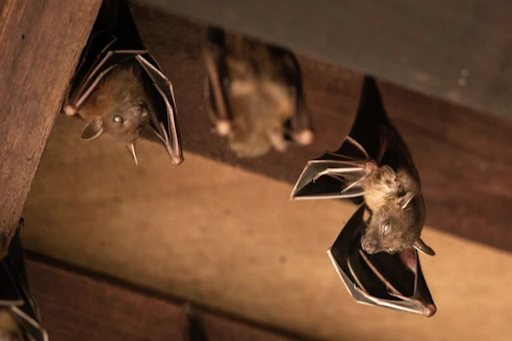
10/07/25
How Do Bats Get in the House?
10/01/25
A Guide to Skunks: What To Do If You Encounter a Skunk

09/25/25
Is a Wild Animal Using Your Porch as a Den?

09/08/25
Hearing Noises? Identify Animals in Your Attic

09/05/25
How to Build a Bat House

08/11/25
Pest Guide: How to Keep Chipmunks Away
07/02/25
Why DIY Muskrat Control Doesn’t Work

06/10/25
[Infographic] How to Identify Snake Holes in Your Yard & How to Keep Them Out
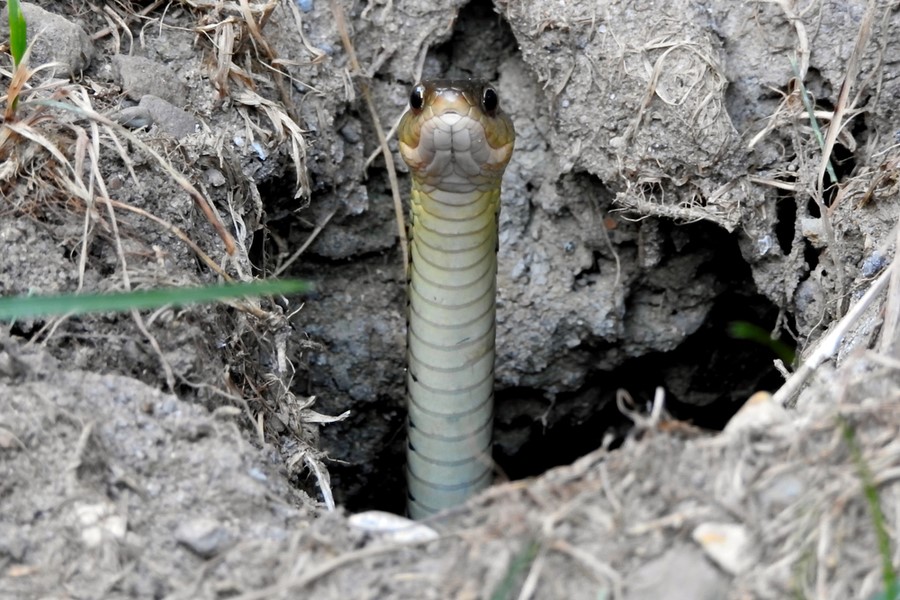
06/04/25
Signs of a Bat Infestation in Your Kalamazoo Home
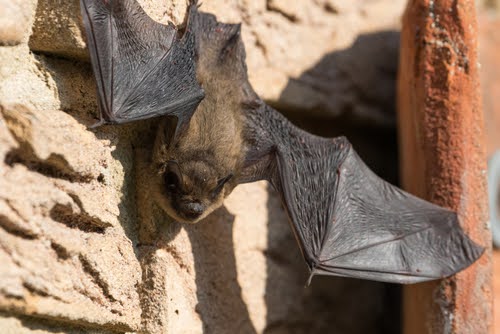
05/06/25
The Risks of Squirrel Damage: Protecting Your Dayton Property
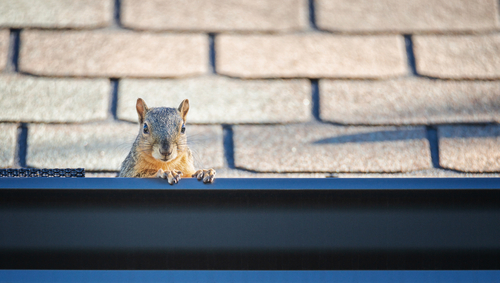
04/24/25
Columbus Homeowners: Don't Skip This Step After a Raccoon Infestation

04/14/25
Bat Removal in Indianapolis: What Homeowners Need to Know
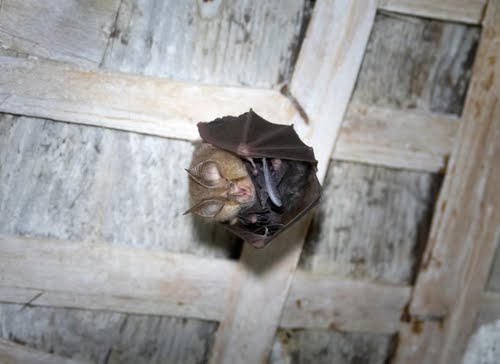
04/12/25
Why Birds Nest in Your Home & What You Can Do About It
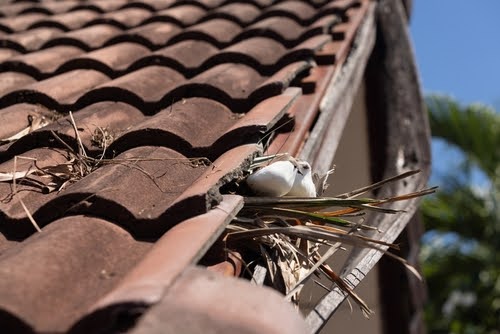
04/11/25
Indiana’s Most Common Wildlife Pests & How to Avoid Them

03/17/25
When Wild Animals Become a Problem: Pests & Wildlife Damage

03/17/25
Are Bat Droppings Dangerous? What You Need to Know
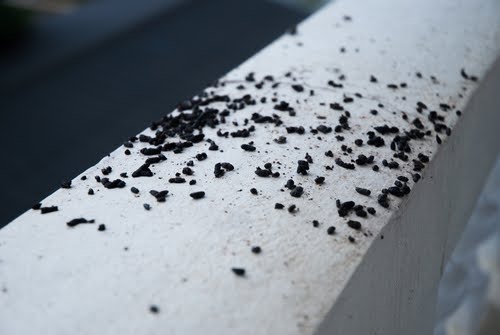
03/16/25
Why Are Geese So Aggressive? [Infographic]







